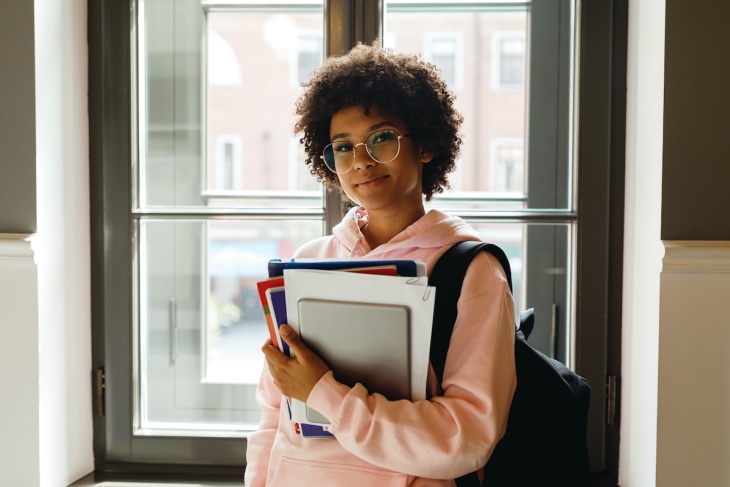Most of the discussion about schools adjusting to the COVID-19 crisis has centered on innovations in e-learning and how we reach our most vulnerable students. Thousands of traditional brick-and-mortar school systems are being forced to learn new methods of reaching all students through software programs, Google hangouts, and Zoom meetings. Millions of teachers and students who have never done e-learning are struggling to adjust to the new world almost overnight. But as we look towards the future of schooling in America, what else needs to adjust? How about our expectations about the traditional structure of our education system in the first place?
In Gary, Indiana, we at GEO 21st Century School (21C) adjusted our expectations years ago. Most traditional K–12 schools in the U.S. operate with traditional expectations. Go to school for thirteen years from kindergarten to twelfth grade and then off to college you go. That’s worked okay for millions of students, but not so much for those in inner cities. Gary, as late as 2005, had a dropout rate of 50 percent. Today, in 2020, less than 15 percent of homes have any college degrees in them. Traditional schools and traditional expectations don’t work for Gary.
So we started to change the expectations in 2012, and today, as a result, our students are not only ready for success in life, they are not deterred by the COVID-19 virus.
When schools across America started shutting down in early March, many juniors started worrying about the closure of their SAT testing site. How was this going to impact their college applications due this November? Seniors who needed this final semester to finish their high school requirements were worried they wouldn’t graduate because school is closed.
But in Gary, at 21C, most of our seniors have nothing to worry about, and aren’t worried at all. Why? Because they are already in college and or completing career certification programs. Our top four graduates have earned two full years of college—and one has earned three full years—before graduating from our high school. They will not only enter a four-year university this August, they will do so as juniors and seniors in college, not freshmen. They are not worried about the SAT, nor are they worried they don’t have enough high school credits to graduate on time. They are fully prepared to succeed in life once this virus subsides and life resumes to normal.
What can we learn from this? How can traditional schools adjust to the new normal? I recommend that we use this experience as an opportunity to rethink our traditional structures. Let’s start breaking down the silos between K–12 schools and institutions of higher education. Let’s create a continuum of student success from high school to college. Build deep partnerships between districts and colleges and universities that remove the barriers to student success in terms of cost, delivery, and seat time.
If this is happening in Gary, it could be happening anywhere. We have successfully replicated our college immersion model in Baton Rouge where we started our second high school last August with one hundred freshmen. More than 30 percent of our inaugural class of freshmen have already completed their first college class, and today, during the virus shutdown, they are signing up for summer college classes. In short, they are way ahead of the game, and way ahead of their peers. We are confident that our new high school that opens in Indianapolis this fall will follow suit.
So let’s have the discussion about e-learning and its place in the new world, but lets also have a discussion about our expectations for traditional education systems and how best to empower our students to get ahead of the game while they can. Who knows what the world will throw at us next? Our students deserve to be fully empowered to confront whatever changes and uncertainty are in front of them.




